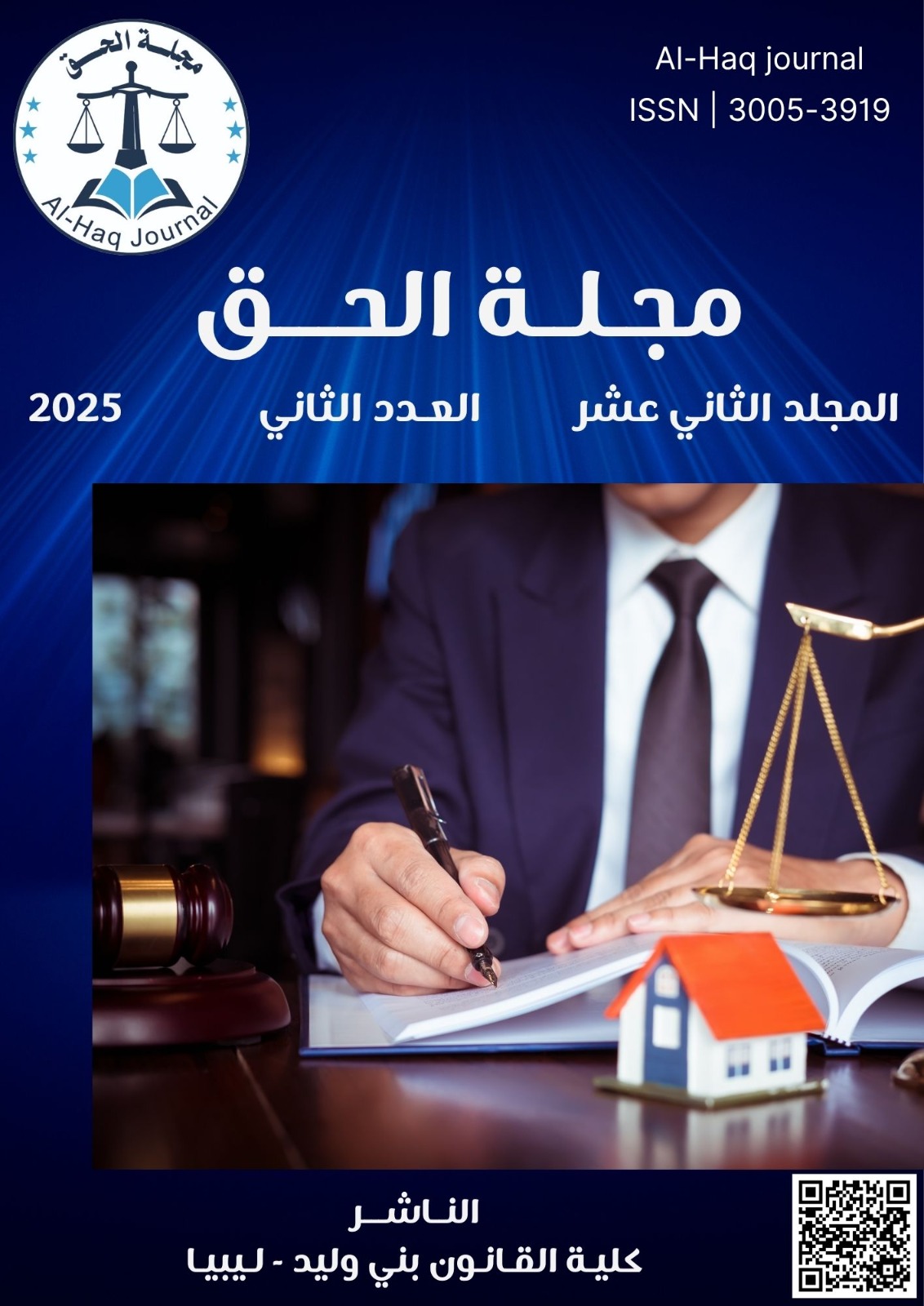Pluralism in the interpretation of the Holy Quran and its aesthetic manifestations
DOI:
https://doi.org/10.58916/alhaq.v12i2.394Keywords:
pluralism, interpretation, explanation, aesthetics, QuranAbstract
The science of Quranic exegesis is one of the main approaches to understanding the Holy Book. It is a respected branch of Islamic jurisprudence, which emerged to elucidate the meanings of the Quran, clarifying its teachings, laws, and rulings. This field also focuses on explaining the reasons for the revelation of specific verses, distinguishing between Meccan and Medinan verses, identifying unambiguous and ambiguous verses, and explaining what is permissible and forbidden. Therefore, exegesis constitutes the fundamental basis for understanding the Quranic text and is considered one of the most noble sciences attained by humankind. This research aims to demonstrate the impact of diversity in Quranic interpretation on highlighting its beauty, through a case study examining the varied interpretations of verses 179 of Surah Al-Baqarah and 11 of Surah Ad-Dhuha by different scholars. The research addresses the concept of Quranic exegesis, the meaning of interpreting the Quran, and the benefits of such interpretation. It also discusses the types of Quranic interpretation, the stages of its development, and the various approaches to interpretation. Finally, it examines the sources of exegesis, books of Quranic interpretation, and the most prominent versions of Quranic commentary. The research concluded that many Islamic scholars have interpreted the Quran, each employing their unique abilities and insights to appreciate its beauty, understand its message, and grasp its profound meanings. The research also found that this diversity in interpretation had a positive impact on highlighting the beauty of the Quran. It recommends that contemporary Muslim scholars and Quranic interpreters should strive to further emphasize the aesthetic aspects of the Quran and appreciate the diverse styles of Arabic eloquence in which it was revealed by God. This is because the Holy Quran represents an immense and inexhaustible treasure of rhetoric and a boundless source of linguistic richness. By delving into its profound meanings and analyzing its text, the interpreter can utilize it as an additional tool, alongside other methods, for analysis, interpretation, and exegesis.
Downloads
Downloads
Published
Issue
Section
License

This work is licensed under a Creative Commons Attribution-NonCommercial 4.0 International License.









